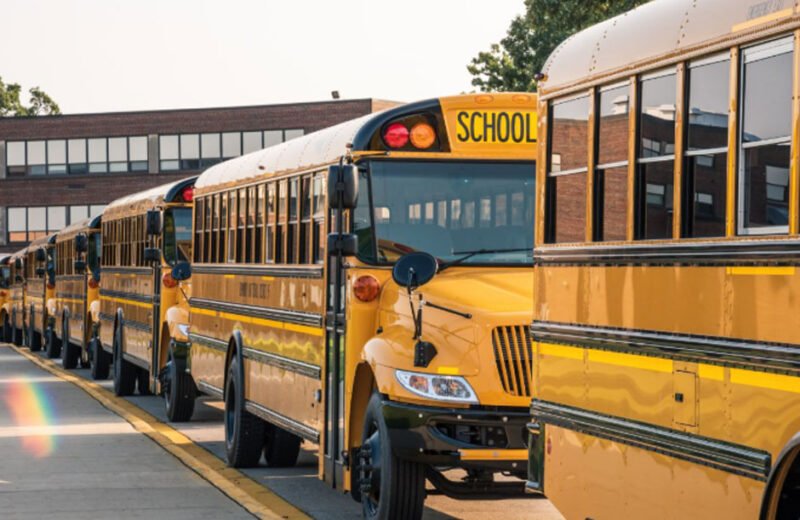A yellow college bus is greater than an adventure to class; it’s a mixture of tradition, innovation, and protection. From its unmistakable colour to modern upgrades, this iconic automobile holds a completely unique place in transportation records and ordinary life.
1. Bright Colour Advantage
The ambitious yellow colour isn’t honestly cheerful; it’s a protection feature. Known as “National School Bus Chrome,” the shade sticks out even in poor light. Drivers spot it quicker than maximum colours, especially from the corner of their eyes. This instant visibility significantly reduces street risks. It’s a great instance of how something easy will have a long-lasting effect on protection.
2. Safety from All Sides
Safety is built into each feature, with requirements that a bus and coach company may additionally observe for passengers. High seating offers drivers a higher view of traffic and flashing lighting, and prevents hands from calling for attention, and the scale makes it difficult to miss. Seats have excessive backs and padding to protect children during unexpected stops. Reinforced facets add growth protection.
3. Rules of the Road
Strict policies shield children throughout school bus journeys. Drivers have to save you at the same time as a bus alternative picks up or drops off passengers, and speed limits drop near school zones. Breaking one’s policies can result in heavy fines and penalties. These hints keep children stable while crossing roads or boarding the bus. They’re enforced consistently, even throughout rush hour traffic.
4. Eco-Friendly Upgrades
Modern fleets are moving toward greener technology. Many districts are adopting electric or hybrid buses to lessen volatile emissions and noise levels. This circulation improves the air nicely for children and citizens alike. While the transition requires considerable investment, the environmental and health benefits outweigh the expense.
5. Comfort on Board
Today’s school buses focus on more than simply transport. They provide higher seating with excessive backs and tender padding. Improved insulation keeps interiors heated in winter and cooler in summer. In a few areas, air conditioning is fashionable for comfort on warm days.
6. Smarter Route Planning
Route-making plans are a vital part of school delivery efficiency. Coordinators map routes primarily based on traffic flow, student addresses, and time management. This reduces fuel use, travel time, and wear and tear on vehicles. Efficient planning makes for fewer stops, smoother rides, and extra punctual arrivals, enhancing both the carrier and the everyday revelry for students.
7. Fun School Bus Facts
They deliver millions of students each day, making them one of the most important public transportation systems. The layout consists of protection capabilities to resist rollovers higher than the maximum passenger vehicle. The precise yellow colour has been regular for many years because of its effectiveness. Every feature, from length to seating, plays a role in keeping younger passengers secure and comfortable.
8. History in the Making
In 1939, a countrywide convention set protection policies and selected the now-well-known yellow colour. Over the years, designs have advanced with higher protection, comfort, and environmental standards. The school bus stays a regular presence, adapting to fashionable desires at the same time as maintaining its iconic look.
9. Visibility in All Weather
Visibility subjects in each season. The vibrant yellow stands proud against snow, rain, fog, and evening light. Reflective strips and flashing lighting add another layer of protection by making buses visible from further distances. These capabilities permit different drivers to react in time, protecting children boarding or leaving. This visibility is one of its handiest and most dependable protection measures year-round.
10. Cost and Fuel Savings
An unmarried school bus can update dozens of vehicles at some stage in the school run, reducing fuel use and traffic congestion. This saves cash for families and communities. Electric fashions lessen fuel charges in addition and require much less maintenance over time. Fewer motors on the road, moreover, lower pollutant levels, improving air quality for everyone.
Conclusion:
Every yellow school bus includes more than passengers; it includes trust, history, and responsibility. From its vibrant paint to its evolving technology, it’s an image of protection and care. Decades can also pass; however, its purpose stays as robust as ever.









